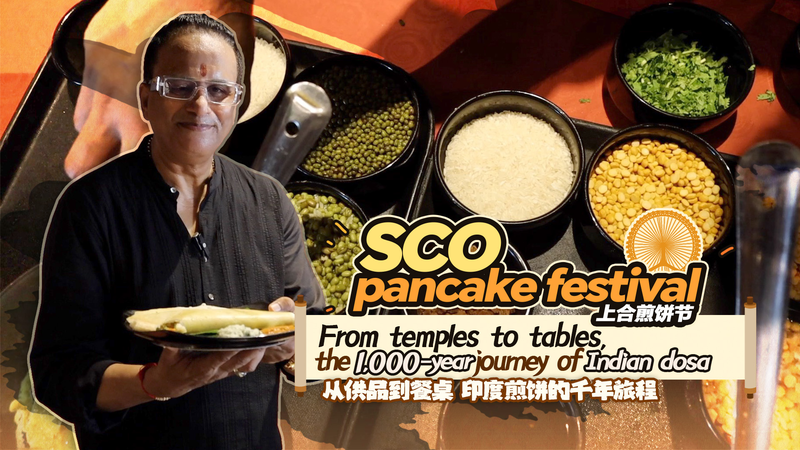In the early morning hush outside a South Indian temple, the scent of sizzling batter wafted through the air. For a millennium, this simple pancake has bridged ritual and everyday life, nourishing generations from temple altars to bustling street cafes.
Raja Gopal Iyer, a CEO and lifelong food enthusiast, began learning to cook at age seven. He points out that dosa was first offered to deities in temple kitchens before becoming a household staple. Over centuries, local cooks perfected the art, experimenting with rice and urad dal ratios, fermentation times, and diverse flours to create new textures and flavors.
Today, dosa comes in many forms—from the crisp paper dosa of Chennai to the spiced masala dosa of Bangalore, and the semolina-based rava dosa of Mysore. Legend meets science in each bite: a 3:1 rice-to-lentil ratio and 8 to 12 hours of fermentation unlock that signature tang and crispness, while addition of ingredients like fenugreek seeds boosts nutrition and aroma.
At home, Raja shares his go-to recipe: soak parboiled rice and urad dal for four hours, grind into a smooth batter, then let it ferment overnight. The next morning, he spreads a ladle of batter on a hot griddle, drizzles a little oil, and watches as the edges curl into golden lace. Served hot with coconut chutney and sambar, the dosa becomes more than breakfast—it’s a warm invitation to connect with India’s rich culinary heritage.
Whether you’re a curious traveler, a home cook, or a foodie explorer, folding your first homemade dosa is a delicious way to taste a thousand years of tradition and innovation.
Reference(s):
From temples to tables, the 1,000-year journey of Indian dosa
cgtn.com




